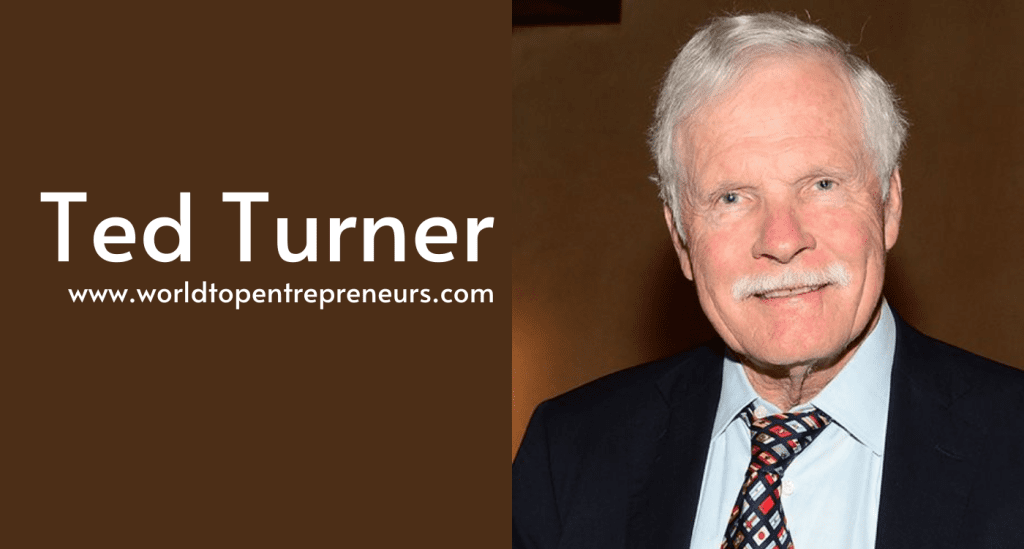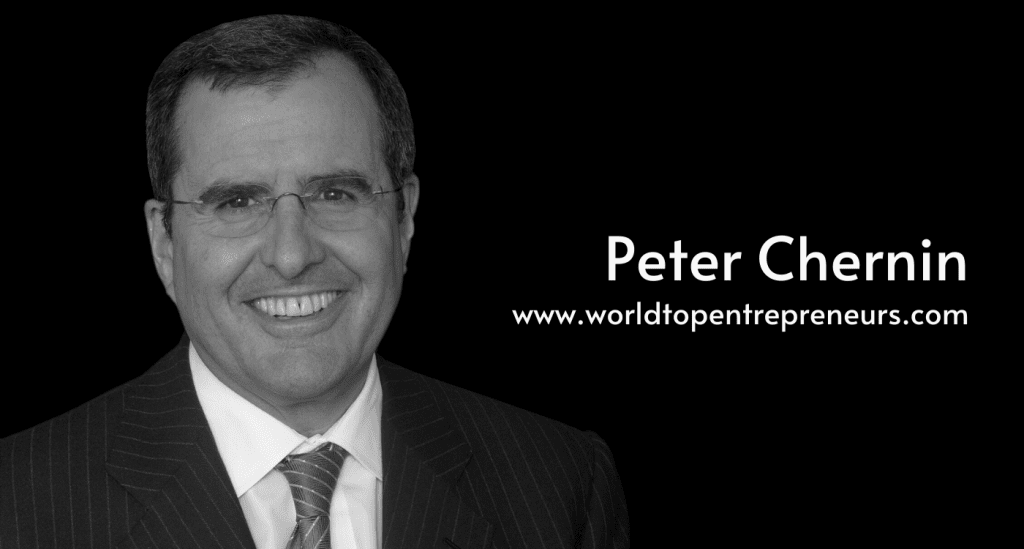When you think of revolutionizing media, Ted Turner’s name inevitably springs to mind. The man who gave the world CNN, the first 24-hour news channel, and transformed the media landscape in ways that were once thought to be impossible, has had an indelible impact on how we consume information and entertainment. This article will delve into Ted Turner’s life, his groundbreaking contributions to media, and his enduring legacy.
Early Life and Formative Years
Ted Turner was born Robert Edward Turner III on November 19, 1938, in Cincinnati, Ohio. His upbringing was marked by both privilege and challenge. His father, Robert Edward Turner Jr., was a successful advertising salesman who passed away when Ted was just 17. The loss was profound, leaving Ted with a sense of responsibility and a need to forge his own path.
Turner’s early years were spent in the Southern United States. He attended Brown University, where he majored in Economics. Although he was a promising student, Turner’s college career was interrupted by the need to manage his father’s advertising company. This was a pivotal moment in his life, marking the beginning of his journey into the world of media and broadcasting.
The Turner Broadcasting Revolution
Turner’s entry into the broadcasting industry was nothing short of serendipitous. In 1970, he inherited the Atlanta-based billboard company from his late father. This company, later known as Turner Advertising, provided Turner with the initial capital and the impetus to venture into the world of television.
In 1970, Ted Turner acquired a local UHF television station in Atlanta, which he renamed WTCG (Turner Communications Group). The station was initially a small, regional channel but under Turner’s stewardship, it began to grow rapidly. Turner’s vision was clear: he wanted to create a channel that could broadcast 24 hours a day, seven days a week, a radical concept at the time.
In 1976, Turner transformed WTCG into a national cable network, giving birth to the “Superstation” concept. This was a groundbreaking move, as it allowed the channel to be broadcast nationwide via cable, vastly expanding its reach and influence. The success of this venture laid the foundation for Turner Broadcasting System (TBS), which would go on to become a major player in the media industry.
CNN: A New Era in News Broadcasting
Perhaps Ted Turner’s most significant achievement was the creation of CNN (Cable News Network) in 1980. The idea of a 24-hour news channel was audacious and unprecedented. At that time, news broadcasts were typically limited to a few hours each day, and the concept of continuous news coverage was considered impractical.
Turner’s vision for CNN was driven by his belief in the need for a constant stream of news. He wanted to provide viewers with real-time updates on global events, creating a platform where news could be delivered as it happened. This vision came to fruition with CNN’s launch on June 1, 1980. The channel’s tagline, “The Most Trusted Name in News,” reflected its commitment to providing accurate and timely information.
CNN’s impact was immediate and profound. For the first time, viewers had access to news around the clock, and the channel became a crucial source of information during major events, such as the Gulf War and the fall of the Berlin Wall. Turner’s innovative approach to news broadcasting not only transformed the industry but also set new standards for journalism.
The Expansion of Turner Broadcasting
Under Turner’s leadership, Turner Broadcasting System continued to expand and diversify its portfolio. The success of CNN paved the way for other ventures, including TNT (Turner Network Television), TBS (Turner Broadcasting System), and Cartoon Network. Each of these channels brought a unique offering to the television landscape.
TNT, launched in 1988, was designed to compete with major networks by offering a mix of movies, original programming, and sports. The channel quickly gained popularity and became known for its high-quality content and distinctive programming.
TBS, on the other hand, focused on a broad range of entertainment, including sitcoms, movies, and sports. The network’s programming strategy was aimed at attracting a diverse audience and establishing itself as a major player in the cable television market.
Cartoon Network, launched in 1992, was a game-changer for children’s programming. The channel featured a mix of classic cartoons and original series, becoming a beloved destination for younger audiences. Its success further solidified Turner’s reputation as a pioneer in the media industry.
Business Acumen and Media Strategy
Ted Turner’s success in media was not solely due to his innovative ideas but also his keen business acumen. Turner understood the importance of strategic partnerships and acquisitions in expanding his media empire. One of the most notable acquisitions was Turner’s purchase of MGM (Metro-Goldwyn-Mayer) in 1986. This acquisition allowed Turner to acquire a vast library of classic films and further strengthen his company’s position in the entertainment industry.
Turner’s approach to media was characterized by a willingness to take risks and challenge the status quo. His decision to launch CNN and other cable channels was driven by a belief in the power of media to shape public perception and provide valuable information. This forward-thinking approach was instrumental in establishing Turner Broadcasting System as a leading media conglomerate.
Philanthropy and Environmental Advocacy
Ted Turner’s impact extends beyond the realm of media and broadcasting. Throughout his career, Turner has been a passionate advocate for various social and environmental causes. His philanthropic efforts have been instrumental in supporting initiatives related to global health, education, and environmental conservation.
In 1997, Turner established the Turner Foundation, which focuses on addressing critical environmental and social issues. The foundation has supported numerous projects aimed at protecting natural resources, promoting sustainable development, and addressing climate change. Turner’s commitment to environmental advocacy reflects his belief in the importance of preserving the planet for future generations.
Turner’s contributions to global health are also noteworthy. He has been a strong supporter of initiatives aimed at combating diseases such as malaria and polio. His philanthropic efforts have helped improve healthcare access and support medical research in underserved communities.
Personal Life and Legacy
Ted Turner’s personal life has been as dynamic and colorful as his professional career. He has been married three times and has five children. Turner’s marriage to actress Jane Fonda in 1991 was a high-profile union that drew significant media attention. The couple’s relationship, however, was short-lived, and they divorced in 2001.
Turner’s legacy is one of innovation, vision, and philanthropy. His contributions to media and broadcasting have had a lasting impact on how we consume news and entertainment. The launch of CNN, in particular, marked a significant turning point in the media industry, setting new standards for news coverage and reshaping the way information is delivered to audiences.
Turner’s influence extends beyond media. His philanthropic efforts and commitment to environmental advocacy have made a positive difference in various sectors. His work with the Turner Foundation and other charitable organizations reflects his dedication to creating a better world and addressing some of the most pressing challenges of our time.
In conclusion, Ted Turner’s life and career represent a remarkable journey of innovation, risk-taking, and philanthropy. From his early days managing a small advertising company to creating CNN and transforming the media landscape, Turner’s contributions have left an indelible mark on the world. His legacy continues to inspire and influence the media industry and beyond, serving as a testament to the power of visionary thinking and a commitment to making a positive impact.





















